GPCR/G protein

All GPCRs share a common seven trans-membrane structure. GPCRs are associated with heterotrimeric G-proteins which are GTP-binding proteins made of alpha, beta, and gamma subunits. When a ligand binds to GPCR, it activates the attached G-protein, the GDP is replaced with GTP. The activated G-protein then dissociates into an alpha and a beta-gamma complex which activates downstream signaling pathways. These intracellular signaling pathways include cAMP/PKA, calcium/NFAT, phospholipase C, protein tyrosine kinases, MAP kinases, PI-3-kinase, nitric oxide/cGMP, Rho, and JAK/STAT.
GPCRs are one of the most important therapeutic targets for various diseases, over 30% of all modern medicinal drugs target this family. Aberrant GPCR functions are involved in pathological conditions such as neurological, immunological and hormonal disorders. A large number of GPCRs have been identified, but whose ligands are not known, are classified as orphan receptors.
-
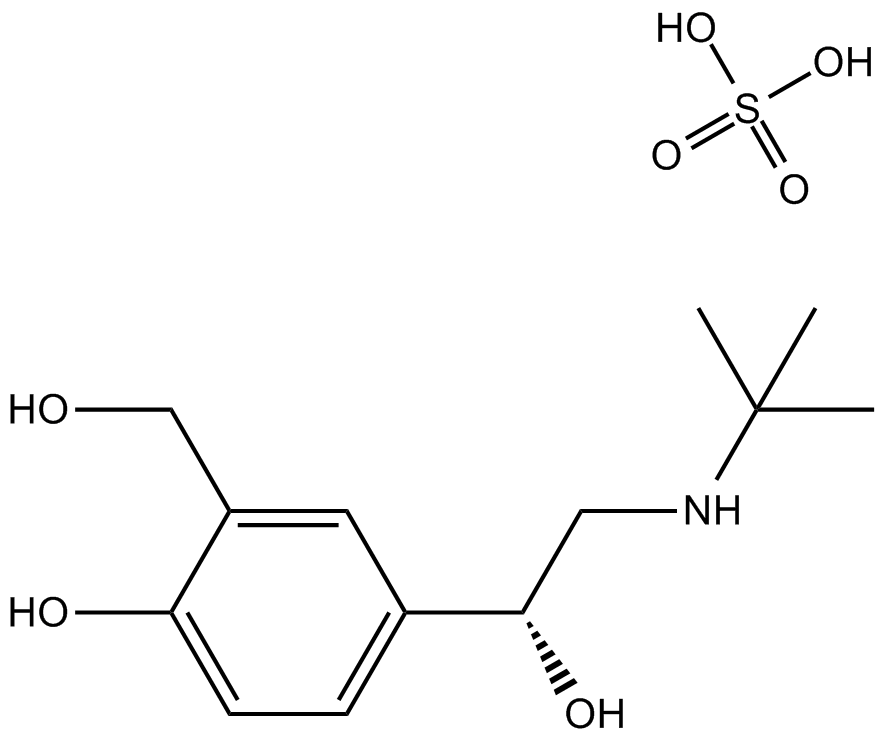 B1348 Salbutamol SulfateSummary: β-2 adrenergic receptor agonist
B1348 Salbutamol SulfateSummary: β-2 adrenergic receptor agonist -
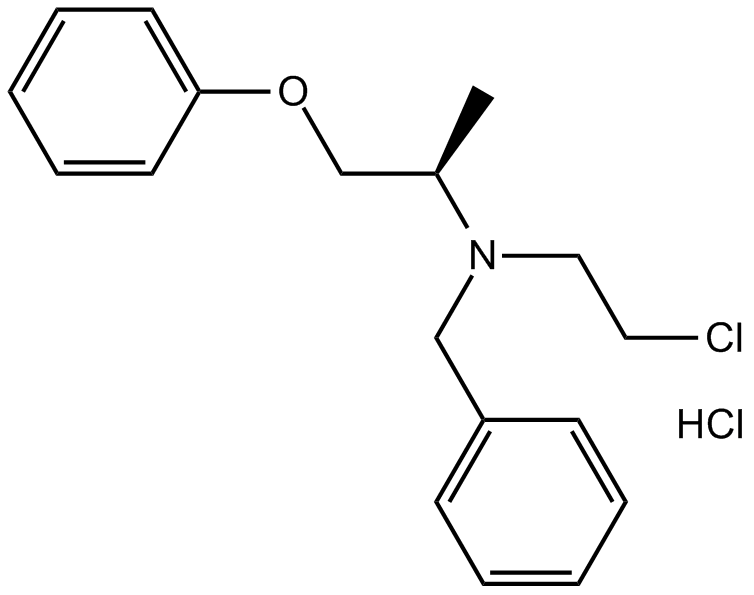 B1343 Phenoxybenzamine HClSummary: Adrenergic receptor antagonist
B1343 Phenoxybenzamine HClSummary: Adrenergic receptor antagonist -
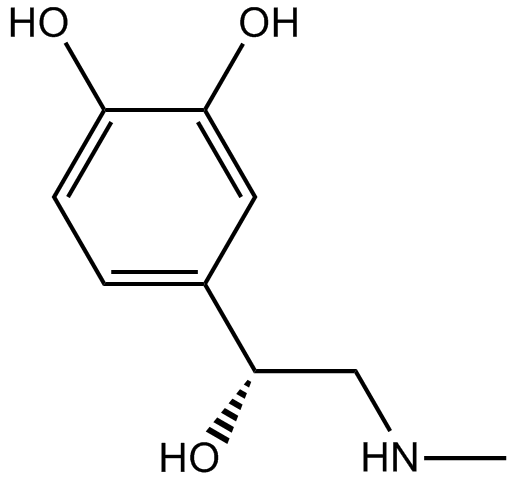 B1337 L-AdrenalineTarget: adrenergic receptorSummary: Adrenergic receptor agonist
B1337 L-AdrenalineTarget: adrenergic receptorSummary: Adrenergic receptor agonist -
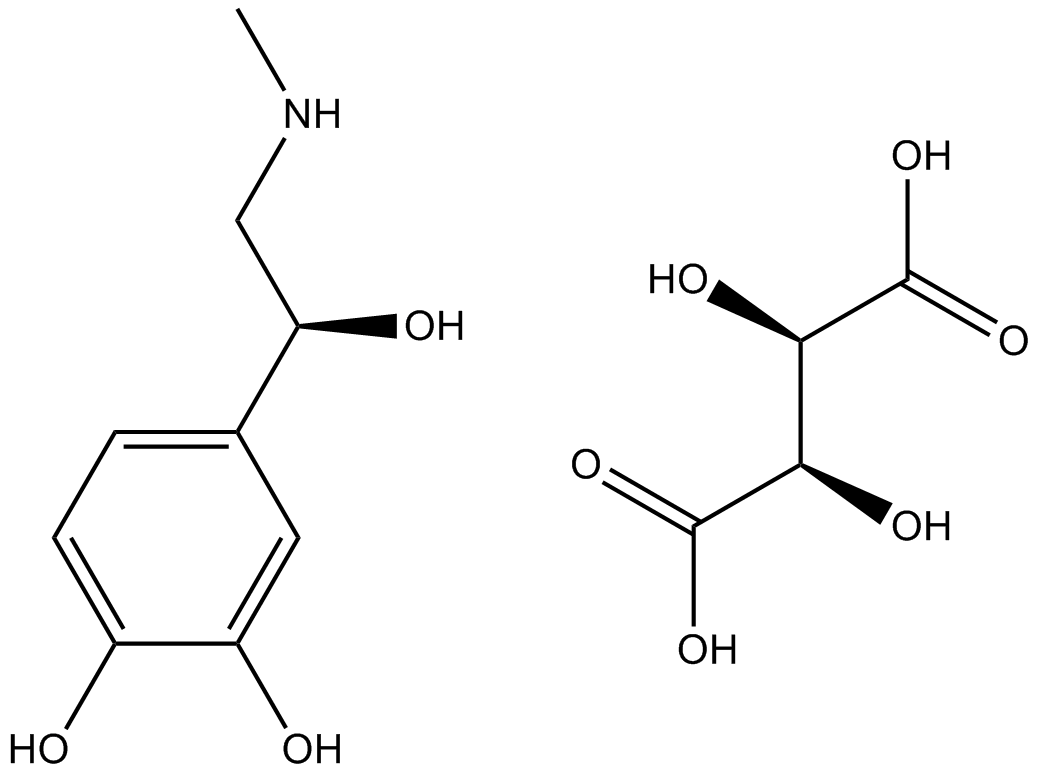 B1358 Epinephrine BitartrateTarget: adrenergic receptorSummary: Adrenergic receptor agonist
B1358 Epinephrine BitartrateTarget: adrenergic receptorSummary: Adrenergic receptor agonist -
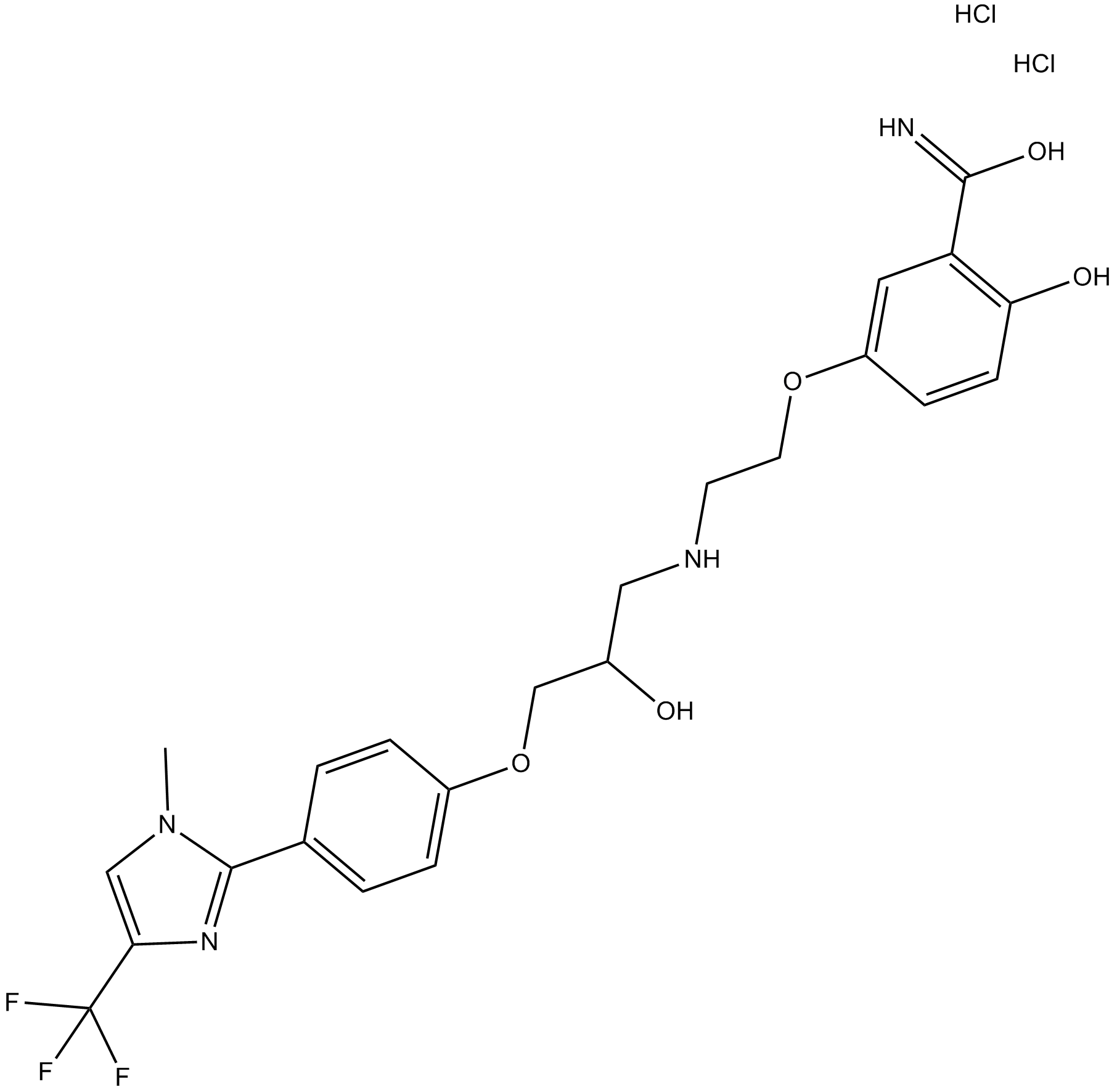 B6552 CGP 20712 dihydrochlorideTarget: adrenoceptorSummary: β1 antagonist,highly potent and selective
B6552 CGP 20712 dihydrochlorideTarget: adrenoceptorSummary: β1 antagonist,highly potent and selective -
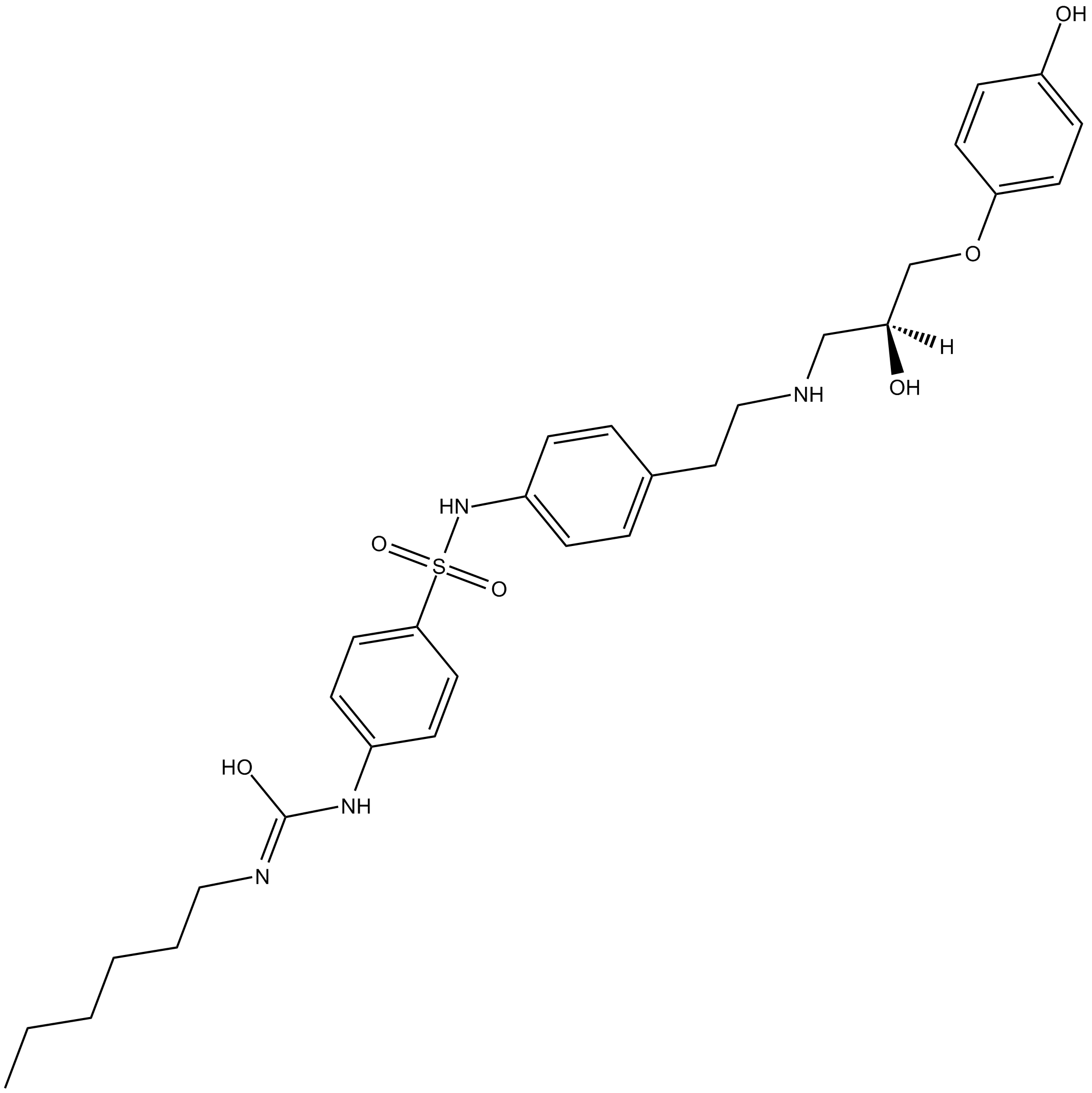 B6970 L-755,507Summary: β3 adrenergic receptor agonist
B6970 L-755,507Summary: β3 adrenergic receptor agonist

